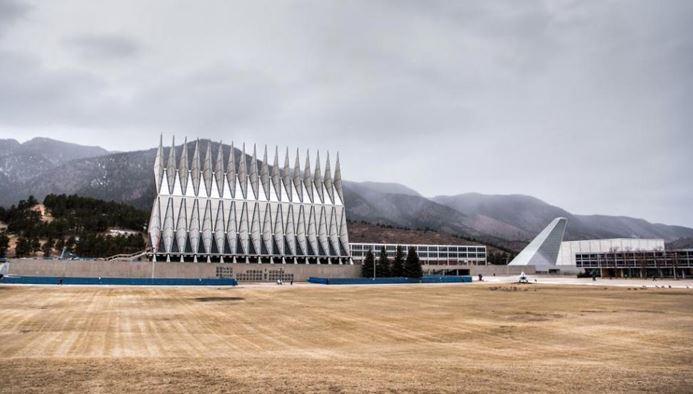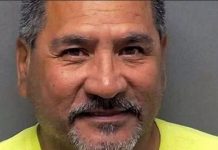
Jan. 30 (UPI) — Reports of sexual harassment at military academies increased sharply in the 2018-19 school year, according to a new Pentagon report saying there were 149 assaults that year versus the 117 in the year before.
Of the 149 reports, 130 were made by or against actively enrolled cadets and midshipmen for incidents that occurred during military service, according to the Pentagon’s “Annual Report on Sexual Harassment and Violence at the Military Service Academies, published Thursday.
“While the Department has made progress combating sexual assault over the last decade, previous years’ survey data reminds us there is more to do,” Matthew Donovan, acting undersecretary of defense for personnel and readiness, wrote in a cover letter to the report.
“The Department has heightened its focus on the experience of our youngest Service members by targeting prevention efforts to address problematic student culture, eliminating reporting barriers, and expanding resource options. We are also committed to continuously evaluating our programs to ensure they are as effective as possible in preventing sexual assault and providing support.”
An increase in reports does not necessarily suggest an increase in prevalence, particularly in the case of sexual assault, the Pentagon said in a press release. Officials say the increase in reporting cannot be interpreted until the DoD’s prevalence survey, which estimates rates of unwanted sexual contact, is released next year.
The National Sexual Violence Resource Center describes rape as the most underreported crime and notes fewer than half of rapes are reported to police.
The military academies have attempted a range of programs and policy changes to increase reporting, including policy changes about collateral misconduct, third-party reporting and educational events describing the impact of sexual assault on victims and the military’s mission, the report said.
Dr. Nate Galbreath, acting director of the DoD sexual assault prevention and response program, said officials “are encouraged” that more cadets and midshipmen made reports of sexual assault this year.
“Our program empowers those who experience sexual assault to connect with restorative care, ” Galbreath said. “Greater reporting by Service members has been a priority for the Department since the creation of the Sexual Assault Prevention and Response program in 2005.”
The report concludes that the academies are “overall in an early phase of prevention capability,” complicated by student cultures that encourage alcohol misuse and tolerate sexual harassment.
“Academy efforts have yet to produce cohesive, comprehensive prevention approaches that consider and integrate key contributing factors, such as alcohol misuse and sexual harassment, limited resources, a lack of consistent training for individuals performing prevention roles, and siloed efforts among prevention staff,” the report said. “Although flagship programs were partially or substantially aligned with best practices, the majority of activities had undetermined effectiveness. The findings help explain why Academy efforts have had little impact on the estimated prevalence of sexual assault.”
The report also shows the number of sexual assault reports has trended upward over the last several years, both at military academies and generally at institutions of higher education.
In October 2019, the American Association of Universities released a report saying the rate of nonconsensual sexual contact reported by undergraduate women increased from 23.6 percent in 2015 to 26.5 percent in 2019.
But the report’s authors say the fact that military academies’ culture mirrors national trends is not an excuse.
“While sexual victimization may be on the rise in the country, the Department and the academies are held to a higher standard of conduct,” the report said. “Sexual assault has no place in the military.”





